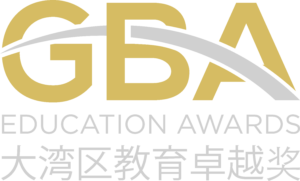Ewan McIntosh Keynote Summary: Preparing Students for Lives we CAN Predict
Creative confidence, finding your place in a team and knowing how to collaborate, are key to knowing when to bend or break the rules.
At our team, we help schools create the kind of safe environment to do this, but we also see the corporations our students might work for doing the same – take the Innovation Garage at thyssenkrupp, that NoTosh designed and co-deliver. What do you notice in the videos about the way these engineers are encouraged to think differently, to break the rules of their day-to-day work?
And what about Google’s philosophy that challenges its people to be constantly dissatisfied with the way things are?
To be able to break the rules, we not only need a great team, but we also need to know which rules should not be broken. It helps to have catalogued the behaviours or activities that are “algorithmically” good, and to constantly pushing new learnings from the land of mystery, through gut-feel heuristics, to this algorithmic, organisational certainty. This idea is based on Roger Martin’s Knowledge Funnel.
To achieve this algorithmic understanding of what’s worth keeping or amplifying, and what is new and needs exploring (and needs permission to be experimental, bending existing rules), we tend to see three core behaviours in teams:
They know their why
- their values are simple and clear, and lived in every action the team undertakes
- there is a shared, fixed, big hairy audacious goal, and everyone strives to get there, even if the route changes occasionally.
- having this clear, strong why helps the team work through even the toughest of challenges:
They trust their process
- if a school really wants to see people “fail early, fail often”, then it needs more than a few motivational posters. It needs to have a process that allows ideas to be prototyped, pivoted, amplified or killed off as early as possible.
- a school needs to be sure that it’s tackling the right problems, and provide a process that permits people to test the assumptions of any problem as it’s presented today, in case there’s a better more fundamental problem to solve instead.
- risk isn’t seen as a reason not to do something, but risks are identified early on so that resolving them is part of the innovative work
They tend to be provocative, and use provocation to gain new insights to their work.
- provocations are superb for developing ideas, but they are also ideal for getting students to ask questions – and for helping teachers to ask fewer of them
- where words are provocative, they can sometimes verge on the annoying. But one of the most provocative ways to test an idea is to make it real, by drawing it. That goes for strategy and vision as much as concrete ideas.
[/av_textblock]



